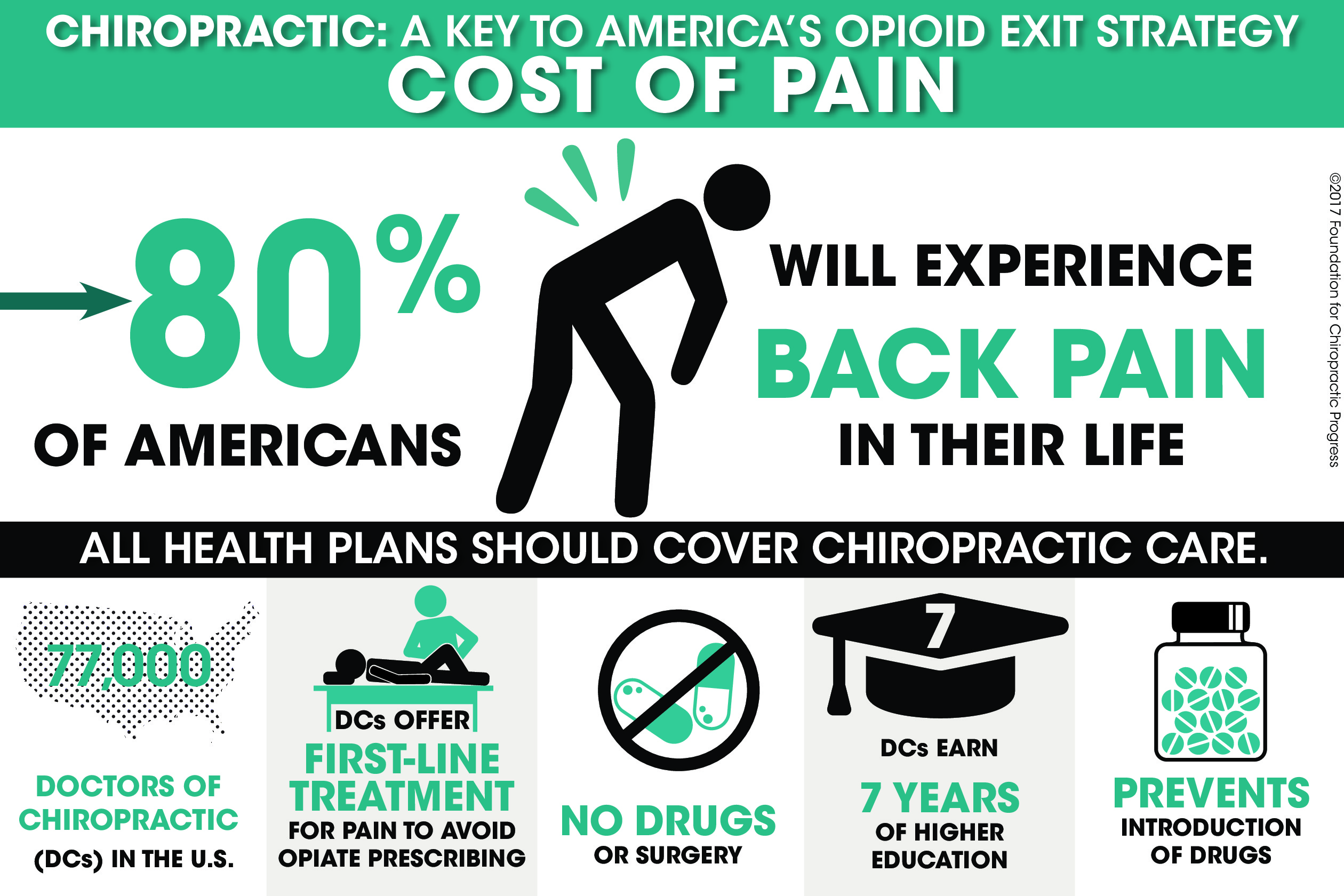Translating The Scientific Research Of Cold Laser Treatment: Exploring Its Mechanisms And Repercussions
Translating The Scientific Research Of Cold Laser Treatment: Exploring Its Mechanisms And Repercussions
Blog Article
Material By-Dougherty Daley
You may have heard of cold laser treatment as an encouraging treatment alternative for numerous problems, however have you ever before asked yourself exactly how it in fact services a mobile degree? Understanding the systems behind this treatment can shed light on its efficiency in promoting recovery and reducing swelling. By exploring the scientific research behind cold laser treatment, you'll acquire insights into the remarkable methods which light can affect cellular processes and promote tissue repair.
Just How Cold Laser Therapy Functions
To recognize just how cold laser therapy functions, you need to understand the basic principles of just how light energy engages with biological tissues. Cold laser therapy, also called low-level laser treatment (LLLT), uses details wavelengths of light to penetrate the skin and target underlying cells. Unlike the intense lasers used in operations, cold lasers emit reduced levels of light that do not generate warmth or trigger damages to the tissues.
When skin rejuvenation get to the cells, they're taken in by elements called chromophores, such as cytochrome c oxidase in mitochondria. This absorption triggers a collection of biological feedbacks, including enhanced cellular power manufacturing and the release of nitric oxide, which improves blood circulation and minimizes inflammation.
In addition, the light power can also promote the manufacturing of adenosine triphosphate (ATP), the energy money of cells, helping in cellular repair service and regeneration processes.
Fundamentally, cold laser therapy uses the power of light power to advertise recovery and alleviate discomfort in a non-invasive and mild way.
Mechanisms of Action
Just how does cold laser treatment really function to generate its restorative impacts on biological tissues?
Cold laser therapy, likewise called low-level laser therapy (LLLT), runs with a process known as photobiomodulation. When the cold laser is applied to the skin, the light energy passes through the tissues and is soaked up by chromophores within the cells.
These chromophores, such as cytochrome c oxidase in the mitochondria, are after that stimulated by the light power, resulting in a cascade of biological reactions. One essential mechanism of action is the enhancement of cellular metabolic rate.
The absorbed light energy raises ATP production in the mitochondria, which is vital for mobile function and fixing. Additionally, cold laser therapy helps to decrease swelling by inhibiting inflammatory moderators and promoting the launch of anti-inflammatory cytokines.
This anti-inflammatory effect adds to discomfort alleviation and tissue healing.
Restorative Impacts
Comprehending the healing results of cold laser treatment includes recognizing just how the enhanced cellular metabolism and anti-inflammatory properties contribute to its positive end results on organic cells.
When the cold laser is put on the damaged location, it boosts the mitochondria within the cells, leading to raised production of adenosine triphosphate (ATP), which is vital for mobile function and repair work. This increase in cellular energy speeds up the recovery process by promoting tissue regrowth and decreasing inflammation.
Furthermore, the anti-inflammatory homes of cold laser therapy aid to reduce discomfort and swelling in the targeted area. By inhibiting inflammatory conciliators and advertising the launch of anti-inflammatory cytokines, cold laser treatment help in minimizing discomfort and boosting the total recovery response.
This reduction in inflammation not just supplies immediate relief but also sustains long-term tissue fixing.
Verdict
Finally, cold laser treatment functions by boosting cellular repair service and cells regeneration through photobiomodulation. Its anti-inflammatory homes provide discomfort relief and minimize swelling by inhibiting inflammatory mediators.
This therapy offers a detailed strategy to recovery, delivering both instant alleviation and long-term cells repair benefits.
With source website of activity, cold laser treatment verifies to be a reliable and encouraging treatment alternative for a selection of conditions.
